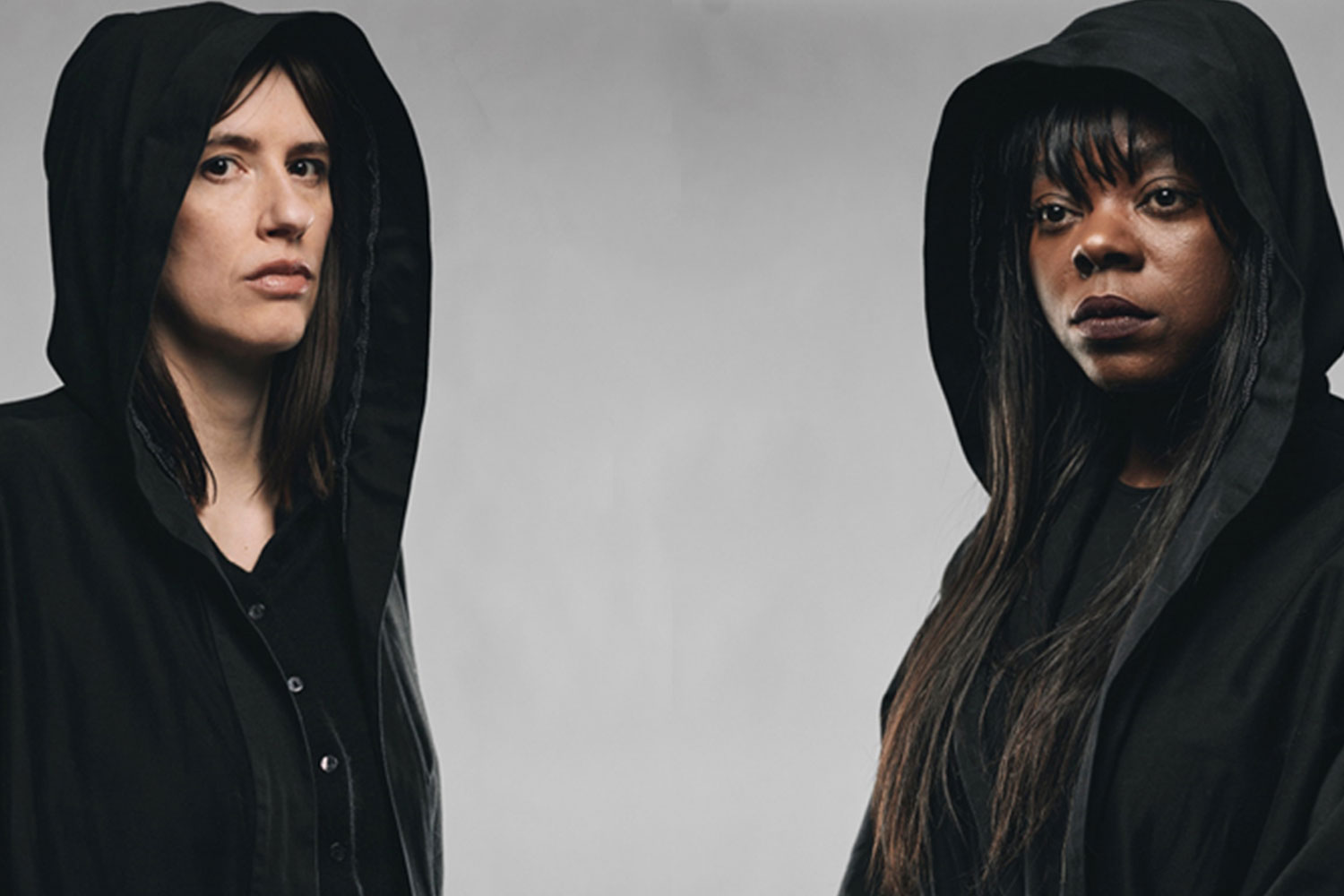The Breath of Life (Sheffield)
In the final play of Sheffield Theatres’ David Hare season the opening freeze highlights two women confronting each other with every sign of antipathy, one “welcoming” the other to her apartment (elegantly realised by Alex Eales). For the first scene of The Breath of Life the pleasure lies in the atmosphere of civilised hostility while the audience pieces together the back story through elliptical dialogue and unexpressed emotions.
Frances Beale, it emerges, is a successful popular novelist whose barrister husband Martin has now left her for the charms of Seattle and a young American woman. Madeleine Palmer, who has retired from the British Museum to the Isle of Wight, was for many years Martin’s mistress. Why has Frances decided to visit Madeleine? To mine material for a memoir? To break her writer’s block, as Madeleine maliciously suggests? To obtain closure, as both may have done at the end?
The play was first staged in 2002 at the Theatre Royal in the Haymarket, a theatre renowned for rather more lavish productions than a simple two-hander, but oddly the first half has much in common with traditional Haymarket fare, with Madeleine’s acid wit and the poised elegance of the dialogue making more impact than the personal tragedies (if they are tragedies) of the protagonists. After the interval truth begins to emerge via Frances’ self-dramatising narration and, finally, Madeleine’s reluctant and increasingly emotional revelation of the start of the affair.
It is all very low key, except for some lighting and/or music intrusions which underline points that David Hare’s script and Peter Gill’s direction are revealing much more subtly, and the lack of real tension is a problem, but The Breath of Life, unusually for Hare, is more about individual performances than global ideas, though these make the occasional appearance. Patricia Hodge and Isla Blair both excel, Hodge timing immaculately Madeleine’s wit and putdowns of the intellectually less alert, but also movingly finding the character’s vulnerability, and Blair, with the less showy part, projecting a sort of shifty stolidity – What are her motives? Is even her narrative accurate? – with her unhappiness the only certainty.










